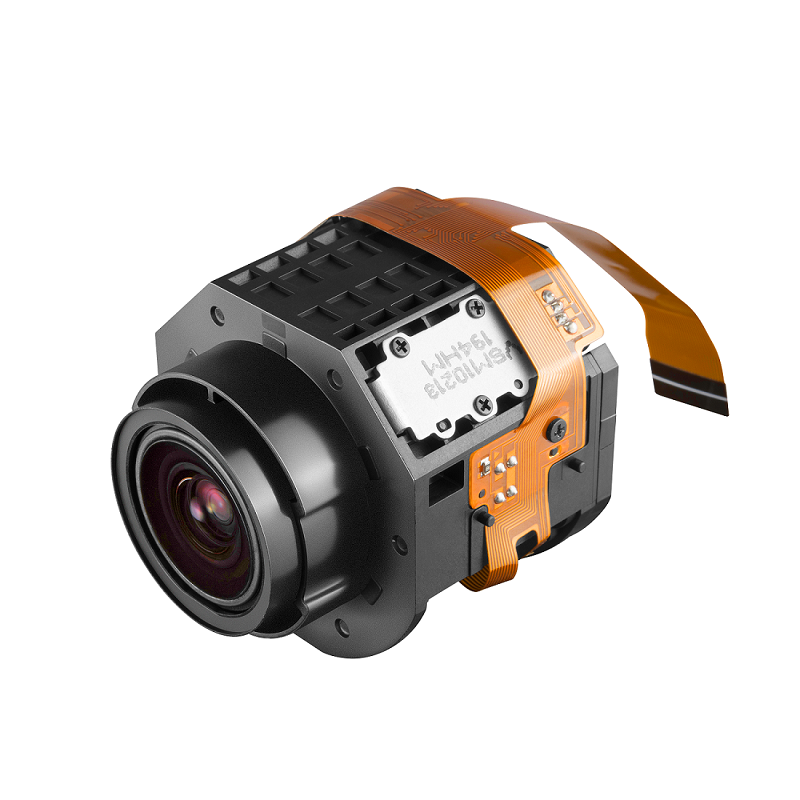Industrial News
Understanding the Significance of Medical Lenses in Ophthalmic Fluorescein Angiography

Ophthalmic fluorescein angiography is a diagnostic procedure used to evaluate blood circulation within the retina. It involves the intravenous injection of a fluorescein dye, which then enables the visualization of retinal blood vessels under specialized imaging techniques. One crucial aspect of this procedure is the use of medical lenses, specifically designed for ophthalmic examinations. These lenses provide numerous significant advantages that enhance the effectiveness, accuracy, and patient experience during fluorescein angiography.
Enhanced Visualization and Image Quality
Medical lenses utilized in ophthalmic fluorescein angiography contribute to superior visualization and exceptional image quality. With their high-resolution capabilities, these lenses allow ophthalmologists to observe even the minutest details of the microvasculature, identifying any abnormalities or pathologies present in the retina.
Moreover, medical lenses optimize the contrast of the images, enhancing the visibility of the blood vessels. This increased clarity leads to a more precise diagnosis, aiding in the accurate identification of various retinal diseases such as diabetic retinopathy, age-related macular degeneration, and retinal vein occlusion.
Improved Patient Comfort and Safety
When it comes to medical examinations, patient comfort and safety are of utmost importance. Medical lenses excel in providing a comfortable experience for patients undergoing ophthalmic fluorescein angiography.
These lenses are designed to minimize discomfort and irritation while ensuring the patient's eyes are adequately protected. They are lightweight and ergonomically shaped, allowing for a more natural fit and reducing the strain on the patient's eye during the procedure. Additionally, medical lenses are typically made from hypoallergenic materials to prevent any potential allergic reactions.
Moreover, medical lenses effectively prevent the entry of external light into the patient's eye. This feature prevents potential side effects, such as discomfort or unnecessary eye movements due to excessive light exposure, further improving the overall safety and efficacy of the procedure.
Facilitation of Efficient Examination Process
Medical lenses greatly contribute to streamlining and expediting the ophthalmic fluorescein angiography process. These lenses are designed for easy placement and adjustment, minimizing the time required for lens alignment and refocusing during the examination.
Furthermore, medical lenses often feature integrated filters that selectively block unnecessary wavelengths of light. This characteristic reduces the chance of false-positive or false-negative results, enabling ophthalmologists to make accurate and reliable diagnoses without delay.
In addition, medical lenses offer the advantage of compatibility with various imaging systems, allowing seamless integration into existing ophthalmic equipment, further enhancing the efficiency of the examination process.
Conclusion
Medical lenses significantly impact the overall success of ophthalmic fluorescein angiography, playing a pivotal role in facilitating enhanced visualization, increasing patient comfort and safety, as well as improving the efficiency of the examination process. These lenses provide ophthalmologists with the necessary tools to accurately diagnose and monitor various retinal diseases. By harnessing the significant advantages of medical lenses, ophthalmic fluorescein angiography continues to revolutionize ophthalmic diagnostics and contribute to the preservation of vision and eye health.
 English
English  German
German Japanese
Japanese Korean
Korean Vietnamese
Vietnamese French
French Spanish
Spanish भारत
भारत



